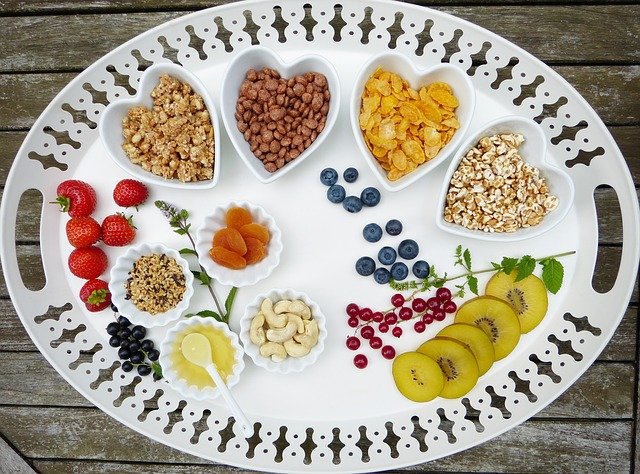
Carbs are one of the main types of nutrients in our diets.
Carbs with a simple chemical structure are called sugars.
You can find sugars in many daily foods like fruits, vegetables and milk products. They’re also added to many foods and drinks.
Complex carbs, like starches and fiber, are found in whole-grain breads and cereals, starchy vegetables and legumes.
When you eat carbs, the digestive system changes the carbs into glucose, a type of sugar that the body uses for energy.
For people with diabetes, blood glucose levels are very important.
High blood glucose can damage tissues and organs. In time, it can lead to heart disease, blindness, kidney failure and other problems.
Therefore, if you have diabetes, you should control your blood glucose levels. This will prevent or delay these health complications.
So, it’s important to understand how foods and drinks affect your blood sugar.
Glycemic index, or GI, is a relative ranking of carb in foods based on how they affect blood glucose levels.
White rice, for example, has a higher glycemic index than brown rice, which has more complex carbs.
Researchers find that carbs with a GI value of 55 or lower are more slowly digested, absorbed and metabolized.
This means there is a slower and lower risk in blood glucose and insulin levels.
Some studies suggest that sticking to foods with a low glycemic index may help prevent diabetes, cardiovascular disease and cancer.
Low GI food may also help lose weight, but more research is needed.
But it’s not just the types of carbs that matter. The more carbs you eat, the more your blood sugar rises.
The glycemic index really doesn’t take into consideration how much you eat. That’s why researchers came up with the concept of glycemic load.
Glycemic load characterizes both the types of carbs in a food and the amount of carbs in a serving. Basically, it shows how a portion of food affects your blood sugar.
Many things can affect the glycemic load, such as how ripe a fruit is, how a food is prepared and how long it’s been stored.
Because GI and glycemic load are not shown on a label, they are not easy to use. But labels do show helpful information: calories, total carbs, sugars and fiber.
Experts suggest that the four information above is useful to everyone. Eating more complex carbs is beneficial because they will be more slowly absorbed.
This in turn makes blood sugar highs and lows smaller.
In addition, foods with complex carbs will provide the body more minerals and vitamins, and they are usually good sources of fiber.
Copyright © 2018 Knowridge Science Report. All rights reserved.



